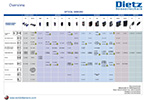Optoelectronic sensors
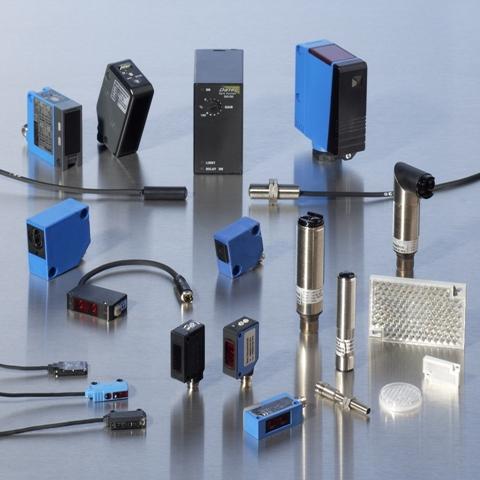
Optoelectronic sensors detect objects with light of a part of the spectrum to trigger function to control, to switch or to regulate.
Electrical impulses are converted into light impulses by the transmitter of the optoelectronic sensor and back into a electrical signal by the receiver. The amplifier circuit with downstream comparator processes and compares the signal with a default treshold. The switching function of the output amplifier is triggered depending on the interruption of the beam path. Exact positioning and very large sensing ranges can be achieved with optoelectronic sensors, independent from the material of the objects to detect.
The broad assortment of optoelectronic sensors for standard and special applications in all fields of the automisation technology extends over all common types like compact, cylindric or miniature types. Through-beam, reflective or scanner function with infrared light, red light or laser sources are available for selection and also sensors for special applications like ranging or colour sensing.
A detailed explication of the different operating principles is in the PDF “Operating principles” at the bottom of the download section.
Find more versions in our product finder
Universal sensors
- Through-beam light barriers (infrared, red or laser)
- Reflective light barriers (infrared, red or laser)
- Reflective scanners (infrared, red or laser)
Through-beam light barriers

material control
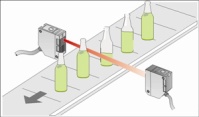
Level sensing
Reflective light barriers
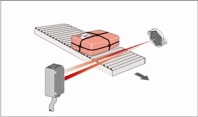
Label detection on substrate material
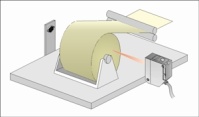
Label detection for the role-changing
Reflective scanners
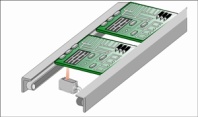
Rotary speed measurement

Length measurement




